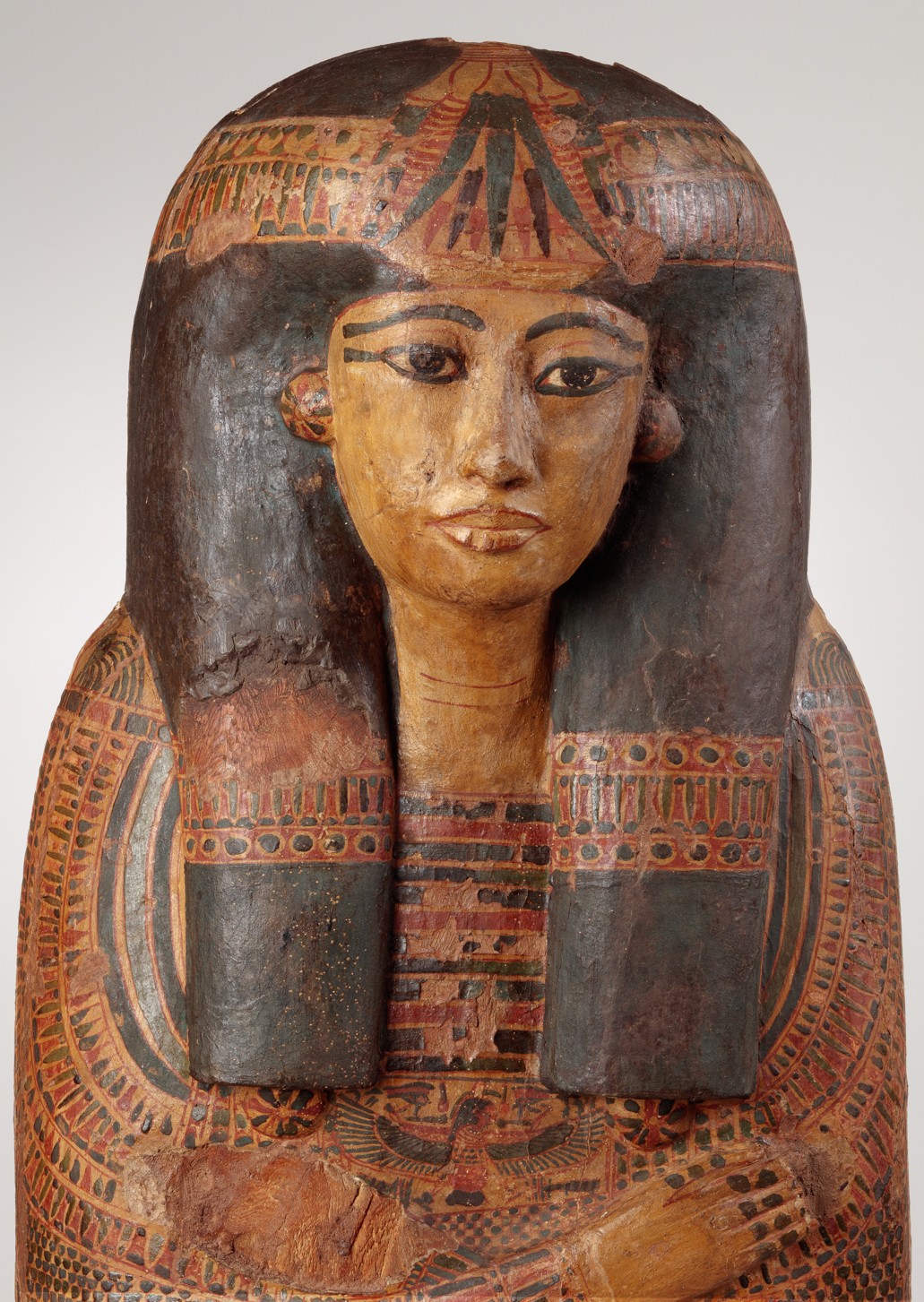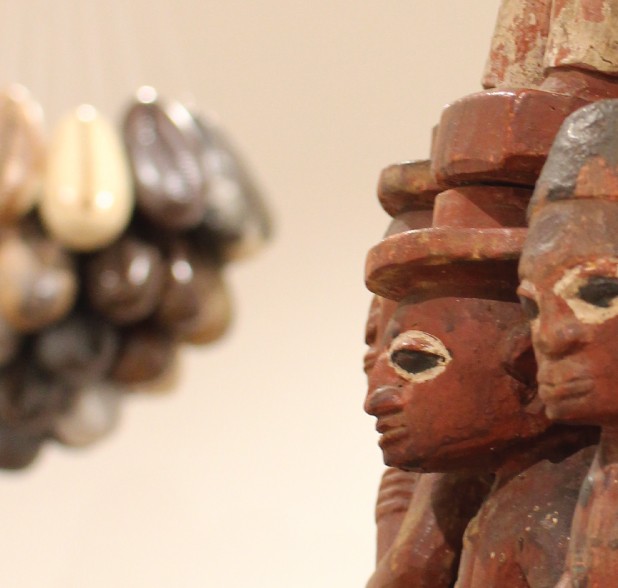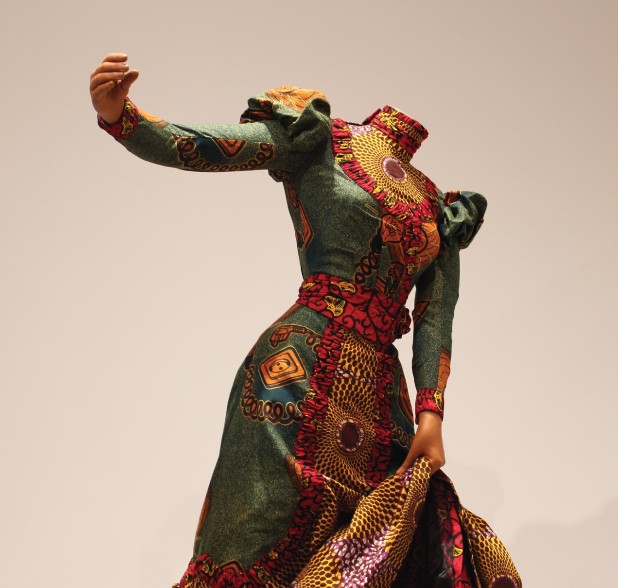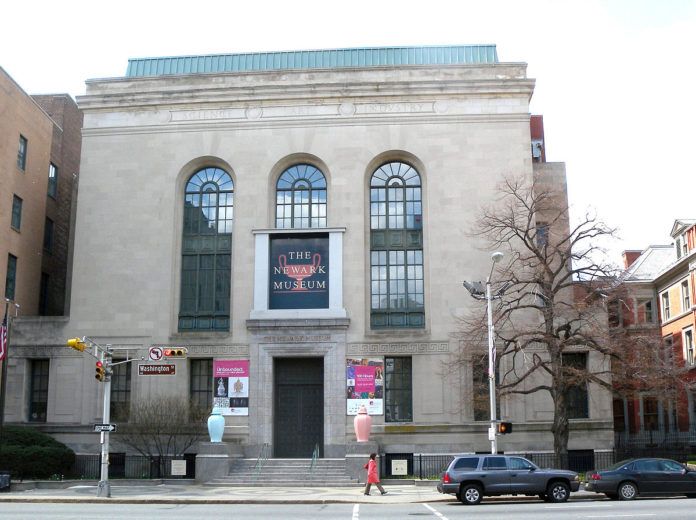After 28 years, Newark Museum’s Ancient Mediterranean collection is getting a new home. The Newark Museum’s classical collection of art from Egypt, Greece, and Roman is comprised of nearly 4,500 objects dating from 3000 BC to 600 AD. It was relocated from its original gallery space as part of the Museum’s renovation project that includes the relocation and reinstallation of the Arts of Global Africa galleries to flagship space on the first floor.

“We made the decision to move the collection to the South gallery, which will not only afford it greater visibility, but will make it the starting point for the Museum’s permanent collection galleries,” said Steven Kern, the Museum’s Director and CEO. “Telling the story of art in everyday life in the ancient world, the Art of the Ancient Mediterranean will offer a preamble to the newly reinstalled Arts of Global Africa across the Engelhard Court. From there, visitors will explore the rest of the permanent collections in the Museum’s North Wing.” The guest curator for the reinstallation is Clare Fitzgerald, PhD., senior manager of education programs at the Michael C. Carlos Museum at Emory University in Atlanta.
 The classical collection has been part of the Museum since its early history. First represented by plaster casts, the collection grew in 1924 when Mrs. Samuel Clark gave the Museum a large group of objects representing daily life in the ancient world. By 1928, a significant group of ancient ceramics and limestone sculptures from Cyprus were purchased with funds from founding trustee Louis Bamberger.
The classical collection has been part of the Museum since its early history. First represented by plaster casts, the collection grew in 1924 when Mrs. Samuel Clark gave the Museum a large group of objects representing daily life in the ancient world. By 1928, a significant group of ancient ceramics and limestone sculptures from Cyprus were purchased with funds from founding trustee Louis Bamberger.

In 1950, the Museum received the collection of Eugene Schaefer, a New Jersey chemist, whose love of ancient glass drove him to amass nearly 2,000 objects. More than half of the Museum’s ancient Mediterranean collection is glass, making it one of the most comprehensive in the United States. Dating from 1500 BC to 1400 AD, the Schaefer glass collection offers a visual history of the evolution of glass technology in Egypt, Greece, Rome and the Islamic world. The collection further grew through gifts and purchases focused on ancient glass and the art of Christian Egypt.

























